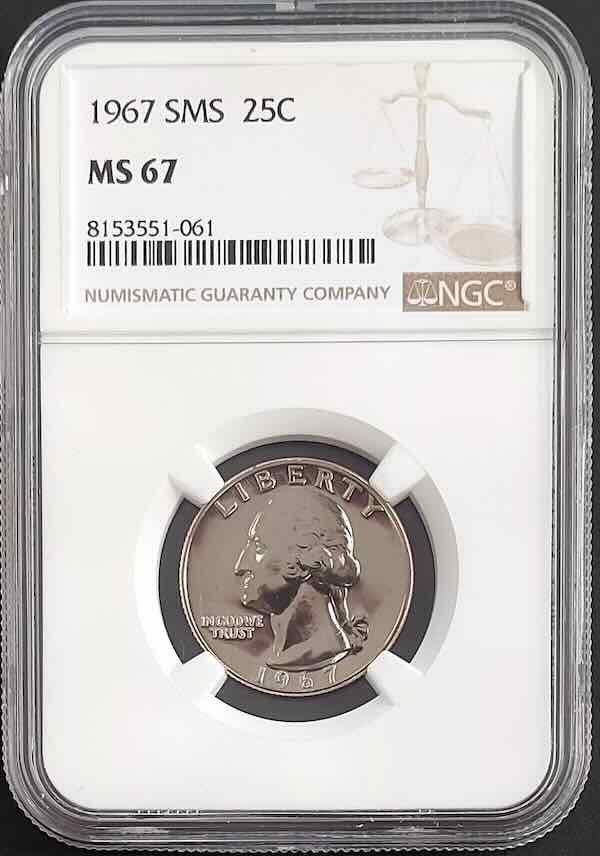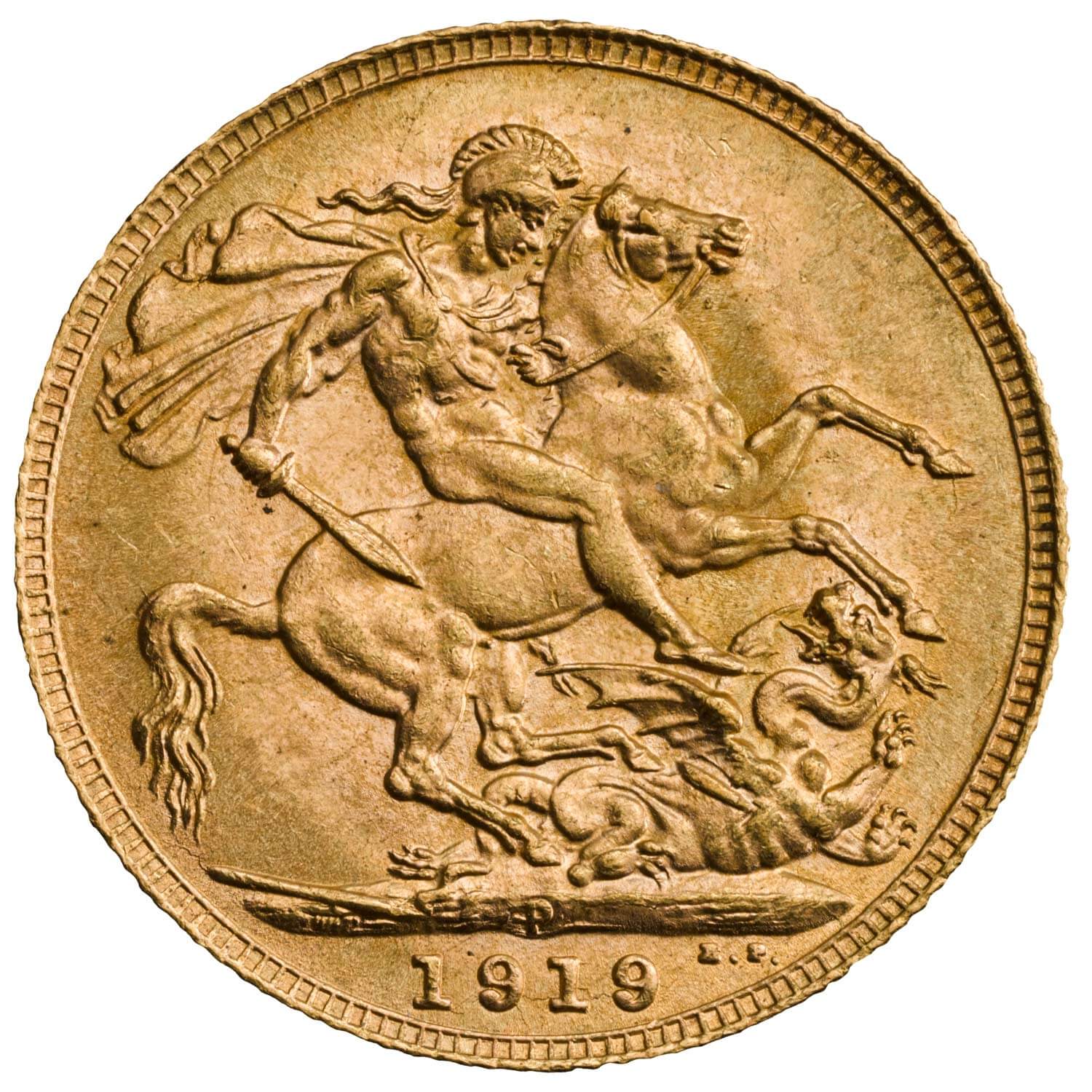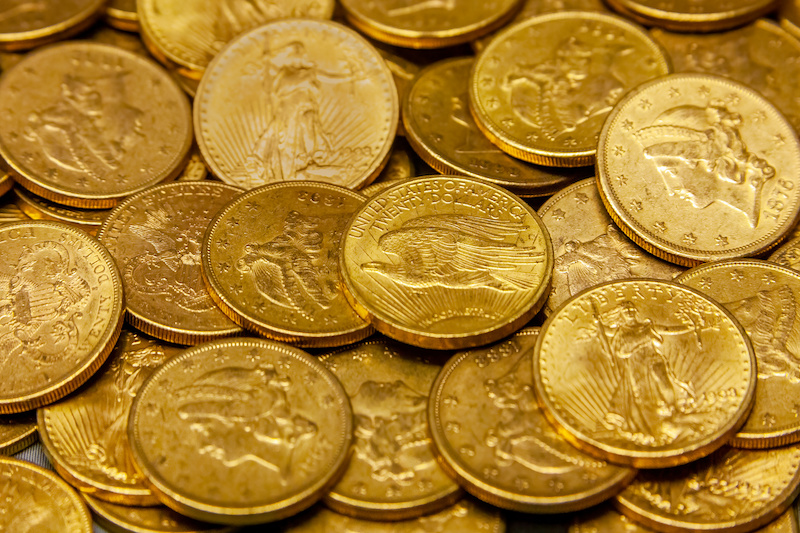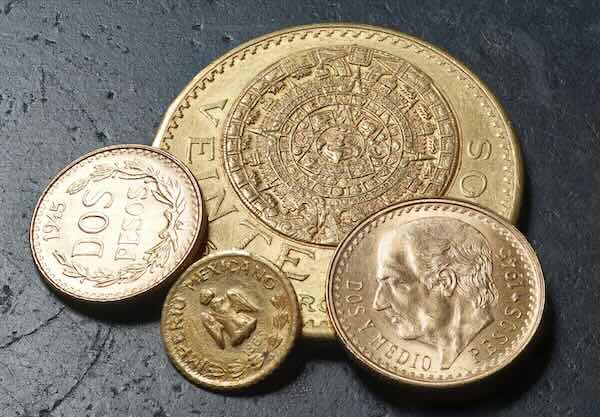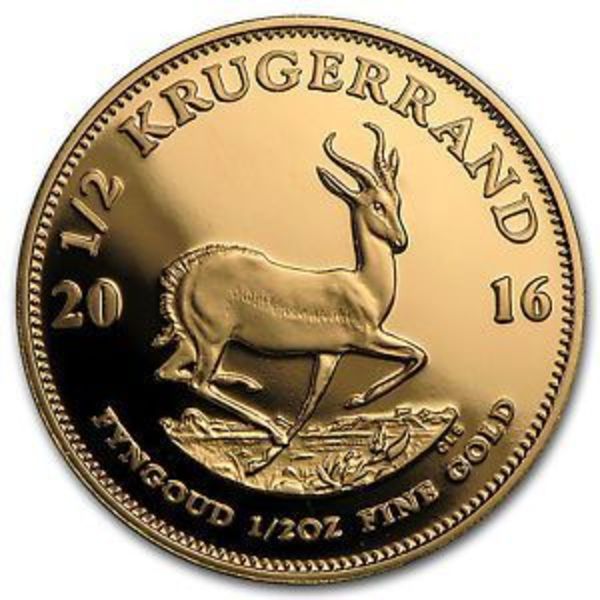Coin collectors and bullion investors know that the reeded edge of a coin is more than just a boundary. The answer blends centuries of technological advancement, anti-counterfeiting measures, and pure numismatic artistry.
The Coin Clipping Origins of Reeded Edges
As silver and gold coins circulated widely in global economies during the 17th century, it became common practice among some groups to “clip” small amounts of metal from the edges of coins. These tiny shavings, while insignificant by themselves, could add up to a significant amount when melted down. The trimmed coins, still accepted at full face value, undermined public trust.
To combat this, mints European mints introduced edge designs that made tampering obvious. In England, Sir Isaac Newton, then Warden of the Royal Mint, introduced coinage reforms that included the milled or reeded edge, which gained widespread adoption in the late 1600s.
Beyond Reeding: Early Edge Lettering and Decorative Designs
Before reeding became standardized, some coins featured a more elaborate method to prevent clipping. Edge lettering or decorative inscriptions became common in large silver and gold issues.

The 1794 Flowing Hair Dollar, the first silver dollar minted in the United States, included the edge inscription “HUNDRED CENTS ONE DOLLAR OR UNIT”, a design meant to prevent clipping and bolster confidence in early federal coinage.
Modern Reasons for the Reeded Edge
Even though today’s circulating coins are made from base metals, reeded edges continue to serve key functions:
1. Anti-Counterfeiting
Creating uniform ridges around the edge requires precise machinery. For counterfeiters, duplicating a reeded edge that matches genuine coins in both number and spacing of reeds presents an additional challenge.
2. Denomination Differentiation
In the U.S., reeded edges help visually impaired individuals distinguish between similar-sized coins. This practical function supports accessibility efforts in modern minting. For example:
- Quarter & Dime: Reeded edge
- Nickel & Penny: Plain edge
3. Tradition & Collector Appeal
Minting coins with reeded or designed edges pays homage to the legacy of sound money, particularly on silver and gold bullion coins like the American Silver Eagle and Gold Buffalo.
How is the Reeded Edge Made?
Modern coins are struck using a collar die, which fits tightly around the planchet during the striking process. The collar’s interior has the ridged pattern. As the dies strike the coin’s obverse and reverse, metal is forced outward into the collar, producing a uniform reeded edge.
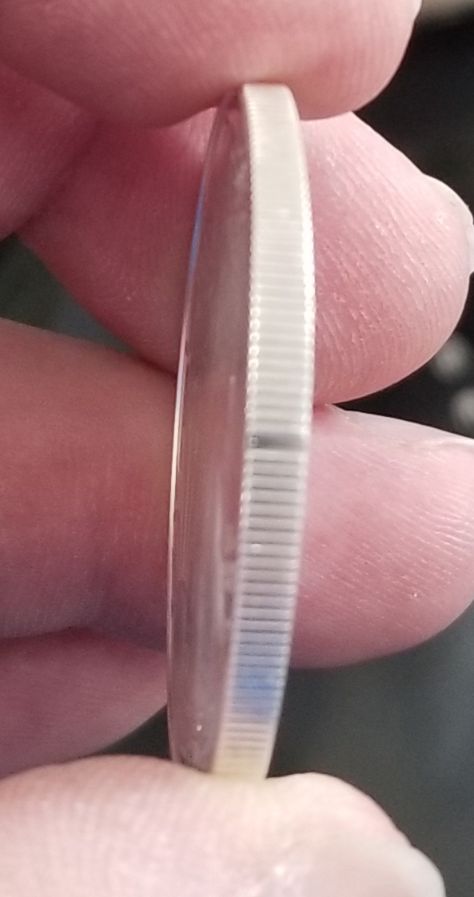
Recently added anti-counterfeiting measures by the U.S. Mint have introduced a notched edge on 1 oz American Eagle Gold and Silver Coins.
This collar strike system was a significant innovation that emerged from the industrial revolution’s application to minting, which has helped to standardize coins across global economies.
Legacy Coins with Unique Edges Worth Collecting
For collectors, coins with unique edge designs offer a compelling area of study and acquisition. Some standout examples:
| Coin | Edge Type | Notable Feature |
|---|---|---|
| 1794 U.S. Flowing Hair Dollar | Lettered | “HUNDRED CENTS ONE DOLLAR OR UNIT” |
| 1651 Dutch Rixdollar | Lettered | One of the earliest anti-clipping measures |
| British Sovereigns (Post-1817) | Reeded | Introduced after Great Recoinage |
| French 5 Francs (Napoleon I) | Lettered | Religious and national motto |
| Modern U.S. Quarters & Dimes | Reeded | For anti-counterfeiting & accessibility |
| American Silver Eagles | Reeded | Security reeding variation (2021–present) |
The Edge Is the Story
Coin edges may seem like small design elements, but they’re critical to a coin’s authenticity, security, and historic identity. Whether it’s reeding that wards off clippers, inscriptions that tell a political tale, or modern tactile indicators, edge designs are where form meets function in numismatics.
So next time you hold a silver coin like a Morgan dollar, or a freshly minted American Eagle, run your fingers across the edge. Those tiny ridges represent centuries of innovation, fraud prevention, and design ingenuity… all wrapped into one tactile detail.

